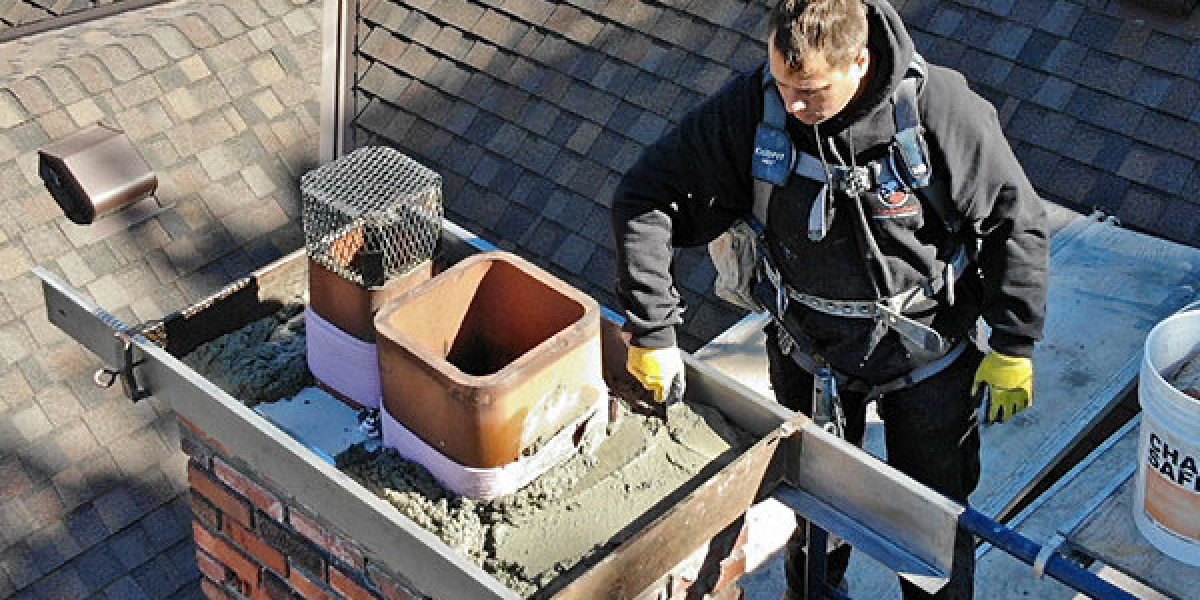A fireplace adds warmth, ambiance, and comfort to any home. But behind the cozy crackle of a fire lies a structure that demands regular upkeep. Chimneys endure years of smoke, heat, weather, and wear—and they’re not immune to damage or decline. While some chimney issues may seem minor at first, they can quickly evolve into serious hazards if left unchecked.
Let’s dive into the most common chimney problems that call for professional service—because when it comes to fire safety and structural integrity, DIY fixes simply won’t cut it.
1. Creosote Buildup
One of the most frequent issues found in chimneys is the accumulation of creosote—a dark, tar-like substance that forms when wood burns incompletely. Creosote is highly flammable, and even a thin layer can pose a major fire risk.
Over time, this substance builds up inside the flue and can ignite, leading to chimney fires that threaten the safety of the entire home. While brushing out the flu may seem like a DIY-friendly chore, proper removal requires expertise and the right tools. That’s why relying on chimney service in Washington DC is a smart move for homeowners who want to ensure their chimney systems are thoroughly cleaned and safe for use.
2. Cracks in the Flue or Chimney Liner
A chimney’s flue liner is its first line of defense against heat and combustion byproducts. But liners are not invincible. Cracks can develop over time due to extreme heat, freeze-thaw cycles, or simply old age. When that happens, dangerous gases like carbon monoxide may seep into the home instead of being vented outside.
Professional inspections can identify even hairline cracks and determine whether relining is necessary. A damaged liner should never be ignored—it’s not just about performance, it’s a matter of safety.
3. Masonry Damage
Brick and mortar chimneys are subject to the elements year-round. Water infiltration, temperature fluctuations, and natural settling can lead to crumbling mortar, spalling bricks, or leaning structures. What begins as a few minor cracks can evolve into a full structural concern.
Masonry repairs require experience with high-heat materials and historic restoration techniques in some cases. Attempting a patch job without proper knowledge can lead to more damage down the line. For long-term safety and efficiency, it’s worth bringing in a chimney professional.
4. Chimney Cap or Crown Damage
The crown and cap of the chimney protect the structure from rain, debris, and small animals. If the cap is missing, broken, or improperly installed, it opens the door to a whole host of problems—from rusted dampers to nesting birds.
Water is especially notorious for infiltrating chimneys with broken crowns, causing freeze-thaw damage in the winter. A proper inspection will not only confirm the condition of your cap and crown but also ensure they’re doing their job effectively.
5. Blockages and Obstructions
Birds, leaves, twigs, and even nests can clog a chimney flue, preventing smoke and harmful gases from safely exiting the home. These types of obstructions aren’t just inconvenient—they pose real safety hazards.
During the warmer months, increased wildlife activity makes blockages more common, which can result in smoke backup or even dangerous carbon monoxide exposure. To avoid these risks, many homeowners turn to a trusted chimney cleaning company in Washington DC that specializes in thorough inspections and safe, efficient flue cleanings—especially before the heating season begins.
6. Moisture Problems
Moisture is arguably a chimney’s worst enemy. Rain and snow can seep into cracks, deteriorating mortar joints and bricks over time. Water can also rust metal components like dampers and flashing, leading to poor performance and expensive repairs.
Water damage isn't always visible to the untrained eye. Stains on the ceiling near the fireplace or a musty smell may be early warning signs. Annual inspections can help identify moisture issues early before they spiral into major repairs.
7. Damaged or Worn Flashing
Flashing is the metal barrier that seals the joint between the chimney and the roof. If this seal is damaged or installed poorly, water can easily seep into the attic or ceiling. Flashing failure is a common cause of chimney leaks and often gets overlooked.
The good news? It’s typically fixable—but only if addressed early. Left alone, water leaks from flashing can lead to rot, mold, and costly structural damage.
Final Thought
Chimney maintenance often falls into the out-of-sight, out-of-mind category—until something goes wrong. But the truth is, many chimney problems start small and snowball into much bigger issues when ignored.Regular inspections and cleanings from certified professionals can prevent most of these problems. If you notice any strange smells, drafts, visible cracks, or reduced efficiency, it’s probably time to schedule a professional check-up.And if you’re unsure where to start, Johnson Chimney Services can point you in the right direction. Their team understands the unique challenges chimney systems face and can help address issues before they become costly or dangerous. Whether it’s for peace of mind or immediate repair, a little expert help goes a long way.

















